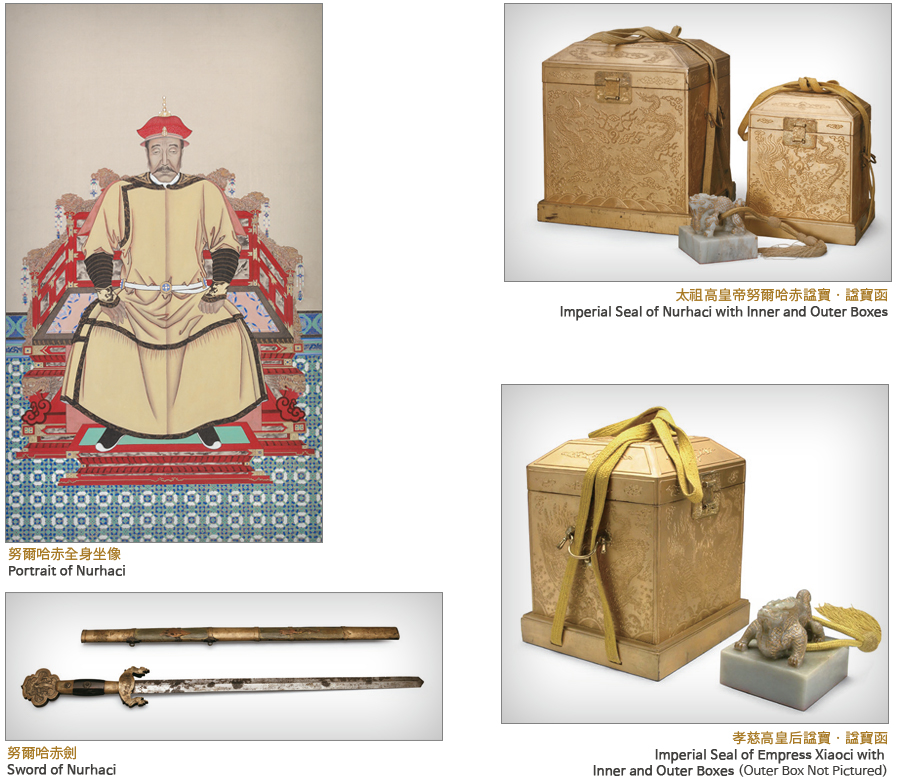Special Exhibitions
Special Exhibitions
Treasures from the Shenyang Palace Museum
-
Date
2019/12/11 ~ 2020/03/31
-
Place
Special Exhibition Gallery

Treasures from the Shenyang Palace Museum
The Shenyang Imperial Palace is one of the two best-preserved imperial palaces in China, with the other being the Forbidden City in Beijing. It is the cradle of the Qing Dynasty that provided the foundation of its development. In recognition of its historical and cultural value, the Shenyang Imperial Palace was inscribed on the Major Historical and Cultural Site Protected at the National Level in 1961 and the UNESCO World Heritage List in 2004. The Shenyang Palace Museum located within the palace complex was designated as a first-grade national museum of China in 2016.
The National Palace Museum of Korea is pleased to present the special exhibition Treasures from the Shenyang Palace Museum in collaboration with the Shenyang Palace Museum. The exhibition presents imperial weaponry, clothing, and daily goods used by the founding emperors of the Qing Dynasty, as well as decorative objects and jewelry from the golden age of the Qing Dynasty. It will illustrate the significant historical position of the Shenyang Imperial Palace within the Qing Dynasty, thus providing visitors with a chance to retrace the rise and expansion of the Manchu empire.
The Shenyang Imperial Palace
The Shenyang Imperial Palace was the official residence of Nurhaci (Emperor Taizu; r. 1616–1626) and Hong Taiji (Emperor Taizong; r. 1627–1643). After the capital was relocated from Shenyang to Beijing in 1644, the Shenyang Imperial Palace remained as a secondary capital. Emperors Kangxi, Qianlong, Jiaqing, and Daoguang periodically stayed at this palace on their eastern inspection tours to Shenyang.
The Shenyang Imperial Palace can be divided into eastern, middle, and western sections. Most buildings in the eastern section, including Dazheng Hall (or the Throne Hall) and Shiwang Pavilion, were built soon after Nurhaci established the capital. The buildings in the middle section include Danei Palace built before the transfer to Beijing, as well as the Temporary Palace and the Imperial Ancestral Temple, which were expanded after the transfer. In the western section are Wensu Library and Xi Stage, both of which were enlarged during the Qianlong reign (r. 1736–1795). The palatial complex constructed over 160 years displays distinct periodic characteristics.
The Rise of the Later Jin Dynasty
The Cradle of the Qing Dynasty

The Spirit of the Emperors
The Life of Imperial Women
Tastes of the Qing Imperial Household

Religion in the Qing Imperial Court
